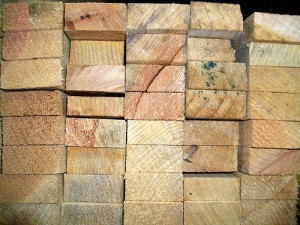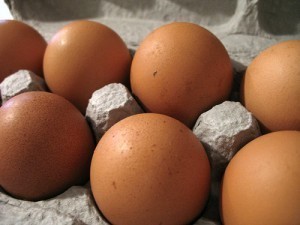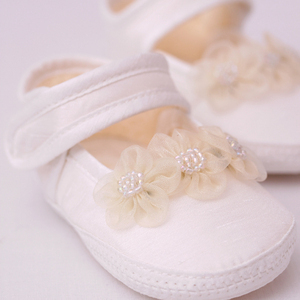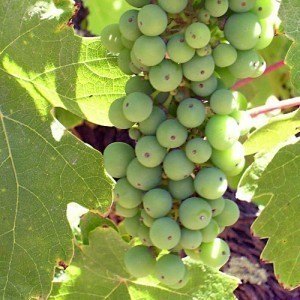PVC Pipe Dimensions
PVC Pipe Dimensions can vary greatly. Depending on the application, the actual measurements and materials used will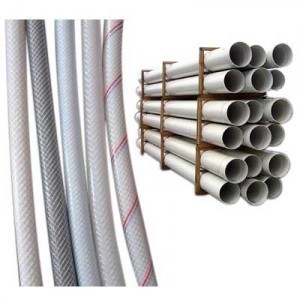 change. However the following are typical dimensions.
change. However the following are typical dimensions.
PVC Pipe Dimensions – Typical Sizes
For PVC and CPVC pipes with an NPS 14 schedule 40, the OD (outer diameter) is 14 with a minimum wall thickness of 0.438. The nominal ID (inside diameter) is 13.124. For NPS 16, the OD is 16 with a minimum wall thickness of 0.500. The NPS IID is 15.000.
For the PVC and CPVC NPS 14 schedule 80, the OD is 14.000. The minimum wall is 0.750 and the nominal ID is 12.500. A PVC pipe NPS 16 schedule 80 has an OD of 16 and a minimum wall thickness of 0.843. This PVC pipe size has a nominal ID of 14.314.
PVC Pipe Dimensions – Materials and Composition
All PVC pipes are fitted with valves and other components that make up the pipe system. However the pipe itself is made of different materials. The composition will depend on what it is to be used for.
The acrylonitrile butadiene styrene (ABS) is used in water systems. It is also utilized in relaying chemicals and other cooled down liquids. It is ideal for this because of its properties that deliver low temperatures. This type is also used in residential homes for draining. Its airline system is also tight.
The unplasticized polyvinyl chloride (uPVC) is also known as rigid PVC. Whatever the PVC pipe size, its main trait is that it is very strong and can withstand various chemicals.
The polyvinyl chloride, post chlorinated (or cPVC) is also resistant to a variety of chemicals. These include acids, alcohols, salts etc. However it cannot withstand solvents or some hydrocarbons. These facts need to be kept in mind if you’re going to use this pipe.
Other PVC Pipe Materials
Polypropylene is another variant. This material has been approved for use with food, hydronic cleaning and rainwater systems. This material can also be used in geothermal applications. It is utilized in pharmaceutical facilities and similar industries.
Regardless of the PVC pipe size, this material will prove resistant to various chemicals. However, polypropylene is sensitive to ultraviolet radiation. This material is thus often installed
indoors or below ground.
Polypropylene is often used for conveying gas. Polyvinylidene fluoride is used to relay strong chemicals and functions as a homopolymer. Furthermore, you don’t need to use additives.
Polybutylene is akin to polyethylene. However this pipe is no longer used. The reason is that this pipe was susceptible to leaking and aging. Other pipes have been developed similar to it,
but the composition has been improved.
Note: if you plan to utilize any of these pipes, it’s crucial you study their properties carefully. As this overview has shown, each has a distinct quality. Consult an engineer or specialist if you’re not sure which pipe to use.
Since the early 1950s, the use of PVC has grown. The assorted PVC pipe sizes make tehm sutiable for a variety of applications. From water systems to conveying chemicals, it has become widespread throughout America. PVC Pipe Dimensions can be complicated however taking all these factors into account will ensure you get the proper size for the proper job.
